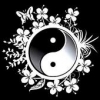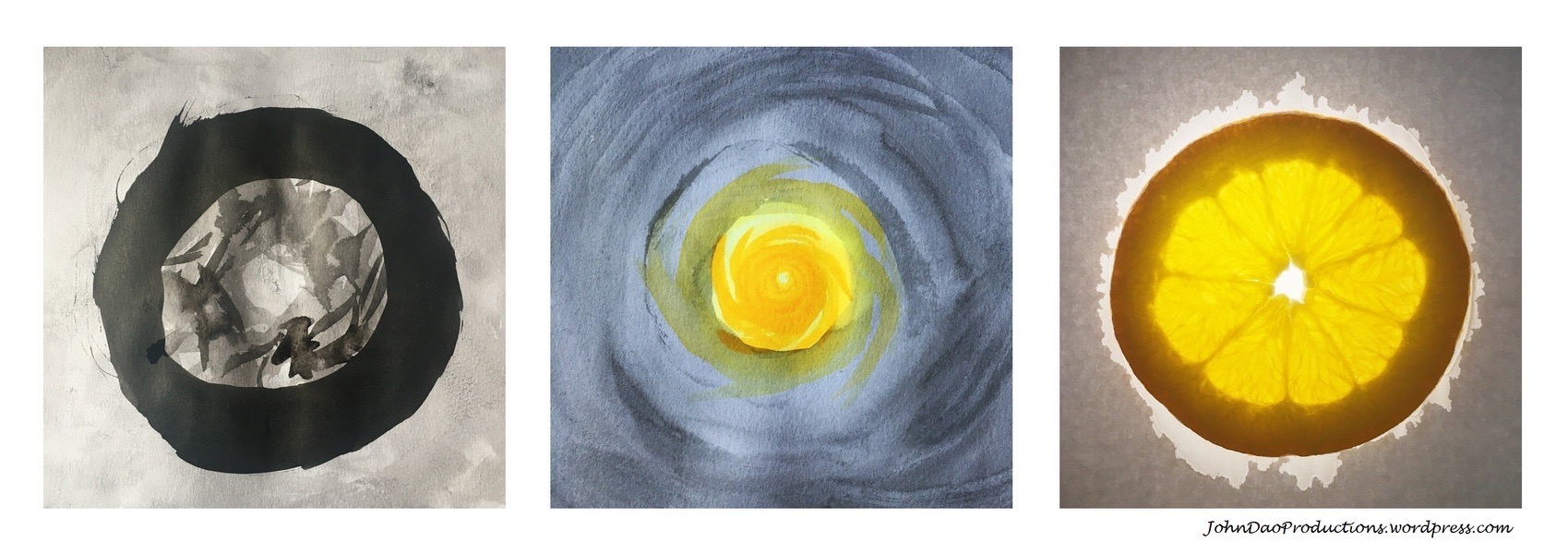-
Content count
6,573 -
Joined
-
Last visited
-
Days Won
41
Everything posted by Trunk
-

Hi, Newcomer here! I'm curious about learning more about meditation...
Trunk replied to GreenFire9993's topic in Welcome
@GreenFire9993, Welcome! to TDBs. - Trunk -
Welcome to TDBs! - Trunk
-
Welcome, take a look around. - Trunk
-
@steve Love and light to you, your father and family.
-

Is the MCO Real? (Split from Benebell Wen on the Microcosmic Orbit)
Trunk replied to ChiDragon's topic in General Discussion
My current view is that the primal motif for core nourishment is the umbilicus, in the prenatal ('pre-heaven') phase when the extraordinary vessels were more predominant. There are remnants of that dynamic currently: 1. a resonant + - polarity can be felt between the front point and corresponding back point ... if done *gently*. You can look at this in terms of ch. medicine, & re: the nerve plexuses that go all the way through front ~ back. 2. this engaged polar resonance effortlessly initiates a pulsing front ~ back which: - nourishes core - engages du, ren, dai, chong etc all in one swoop 3. This is a motif that is repeated, not only at the belly button, but at major acupoints (nerve plexuses) all up & down the center-line. This more n' more efficiently and integrally drives the whole extraordinary vessel foundational nourishment layer. I talk about this line of exploration (last yr 1/2 +) in this public thread and this in my PPD. cheers, Keith -

Is the MCO Real? (Split from Benebell Wen on the Microcosmic Orbit)
Trunk replied to ChiDragon's topic in General Discussion
Some resources re: extraordinary vessels https://johndaoproductions.wordpress.com/wp-content/uploads/2024/04/renintro.pdf https://johndaoproductions.wordpress.com/wp-content/uploads/2024/04/duintro.pdf https://johndaoproductions.wordpress.com/wp-content/uploads/2024/04/8-extraordinary-vessels-maciocia-online.pdf https://johndaoproductions.wordpress.com/wp-content/uploads/2024/04/the_8-extra_vessels-yuen.pdf Resources to plumb, above. My 'current view' is that I've had a very surface popularized dysfunctional view of du & ren for a very long time. My current view is that the extraordinary vessels flow together, are integral in their dynamic. That there are energetic and consciousness change in dynamics (as energetics shift to the extraordinary vessels) that have very much to do with pre-heaven / post-heaven (prenatal, postnatal). -

Is the MCO Real? (Split from Benebell Wen on the Microcosmic Orbit)
Trunk replied to ChiDragon's topic in General Discussion
I think that the there are levels of working with the MCO, and the extraordinary vessels as an integral dynamic. My impression is that we have a surface understanding of “dan tian” and “extraordinary vessels”, that there are layers and we should continue to excavate.



